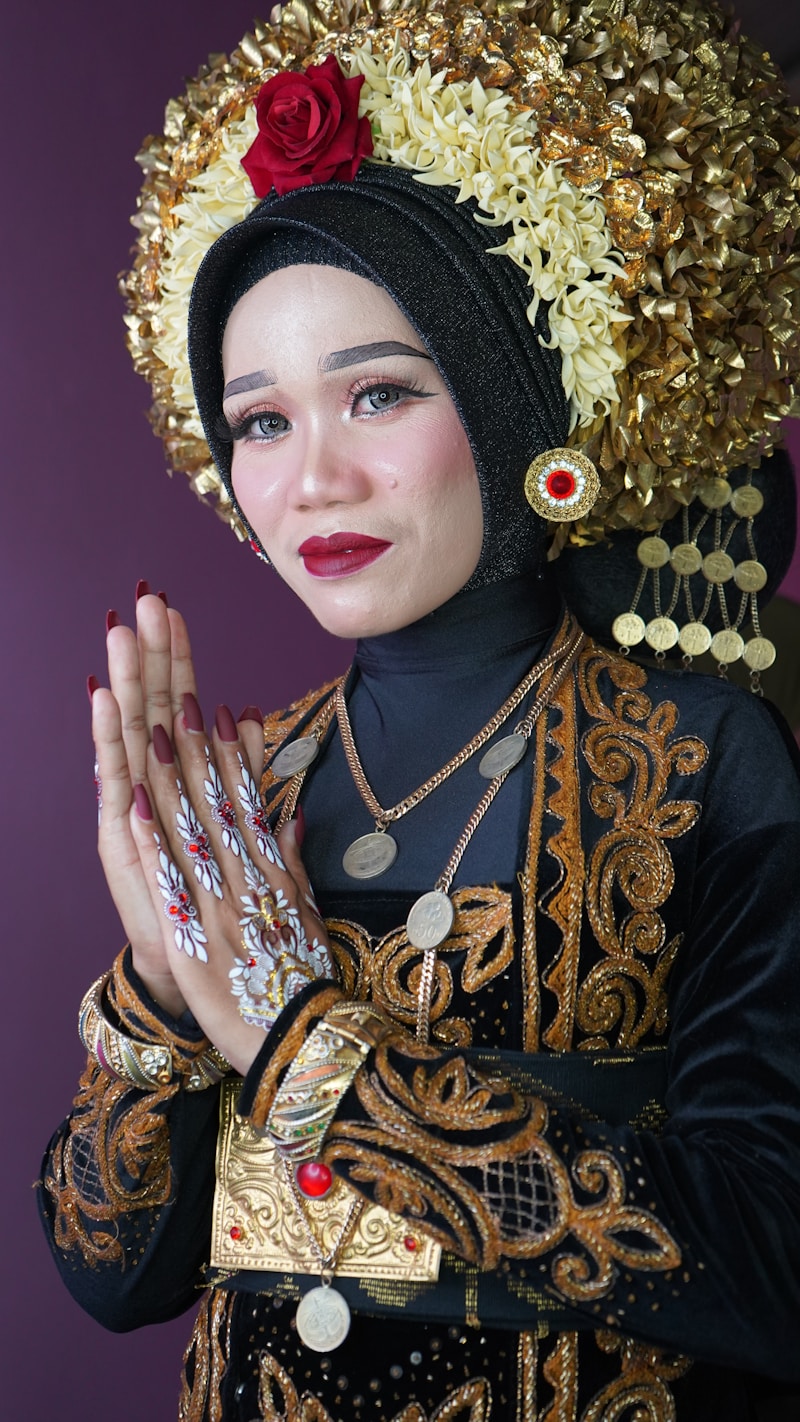Storytelling Through Cultural Weddings: A Glimpse into Diverse Traditions
Understanding Storytelling Through Cultural Weddings
Weddings are not merely a union of two individuals; they are profound narratives that embody the traditions, beliefs, and stories of different cultures. Storytelling through cultural weddings serves as a captivating way of exploring these narratives, incorporating unique rituals, symbols, and traditions that reflect the rich tapestry of human experiences.
The Essence of Storytelling in Weddings
The art of storytelling is deeply ingrained in various cultures, and weddings are the perfect canvas for this storytelling. Each wedding ritual, from the dress to the ceremony, offers insights into the couple's heritage and values. This article will delve into how cultural weddings tell stories that transcend generations.
Why Cultural Weddings Matter
Cultural weddings hold immense significance as they narrate tales of ancestry, community values, and shared experiences. These celebrations are often filled with symbolism and tradition that date back centuries, offering a glimpse into the collective identity of communities.
Elements of Storytelling in Various Cultural Weddings
Understanding the storytelling aspect of cultural weddings requires exploring the various elements involved:
| Cultural Wedding Type | Key Storytelling Elements |
| Indian Weddings | Vibrant rituals, traditional attire, and the significance of color and symbolism in marriage. |
| Chinese Weddings | Use of red for happiness, the tea ceremony representing respect, and symbolic foods that signify prosperity. |
| Jewish Weddings | Breaking of the glass, the chuppah symbolizing the home, and the ketubah representing marriage commitments. |
| Mexican Weddings | The lasso ceremony, colorful attire, and traditional food signifying community and celebration. |
| African Weddings | Cultural attire, spirited music and dance, and storytelling through traditional rites and symbols. |
Storytelling through Rituals and Symbols
Rituals and symbols play a pivotal role in storytelling during cultural weddings. Here are several illustrative examples:
1. Indian Weddings
In Indian weddings, each ritual encapsulates a story. For instance, the Mehendi ceremony, where intricate henna designs are applied, symbolizes joy and auspicious beginnings. The pheras, or the seven circumambulations around the sacred fire, signify the couple's vows of love and fidelity.
2. Chinese Weddings
The Chinese wedding tradition is steeped in symbolism. The color red symbolizes fortune and joy, with the bride often dressed in red. The tea ceremony is another essential element, highlighting respect and familial ties, thus narrating a story of unity and respect.
3. Jewish Weddings
Jewish weddings feature the breaking of the glass, symbolizing the fragility of relationships, which conveys a poignant story about love and commitment's enduring nature, even through hardships. The chuppah represents the home the couple will build together, encapsulating the journey they are beginning.
4. Mexican Weddings
In Mexican weddings, the lasso ceremony involves draping a large rosary or lasso around the couple to symbolize their union. It tells a story of unity in the eyes of God and the community. The vibrant attire and lively music amplify the celebratory feel, illustrating joy and shared heritage.
5. African Weddings
African weddings are rich in storytelling elements. Traditional attire varies by region but often features bright colors representing cultural meanings. Storytelling through dance and music is central, showcasing the community's rich oral traditions and reinforcing the couple's place within their culture.

Common Questions about Cultural Weddings
As we explore storytelling through cultural weddings, several questions often arise:
- What are the common cultural rituals incorporated into weddings?
- How do weddings reflect the values and beliefs of a culture?
- What significance do colors and symbols hold in different weddings?
- In what ways do cultural differences impact wedding celebrations?
- How can couples blend diverse traditions in a multicultural wedding?
Blending Cultures: A Modern Approach
In today's society, many couples come from diverse backgrounds, leading to an increasing trend toward multicultural weddings. This blending of cultures allows couples to tell their unique stories—merging rituals, traditions, and customs to reflect their shared journey. This fusion can create a memorable celebration that honors both heritages.
Tips for Successful Multicultural Weddings
When blending cultures in a wedding, consider the following tips:
- Research: Delve into the traditions and customs of both cultures to identify key elements that resonate with both families.
- Involve Family: Engage family members from both sides to share stories, rituals, and meaningful symbols that can be incorporated into the wedding.
- Be Open: Embrace flexibility and creativity, allowing for the seamless blending of traditions, even if they differ significantly.
- Educate Guests: Provide information about the various rituals and their significance in the wedding program or website. This enhances guests' understanding and appreciation.
Conclusion
Storytelling through cultural weddings transcends mere celebration; it embodies the values, beliefs, and histories of different communities. Each wedding serves as a narrative, intricately woven with rituals and symbols that connect couples not only to each other but also to their heritage. As couples navigate their unique stories, the integration of multicultural practices offers a beautiful canvas for love and unity. As you plan your wedding or celebrate a loved one’s journey, embrace the richness of cultural storytelling and consider how these narratives can shape your experience. Remember, every detail—every color, every dance, and every moment—is a chapter in your love story.